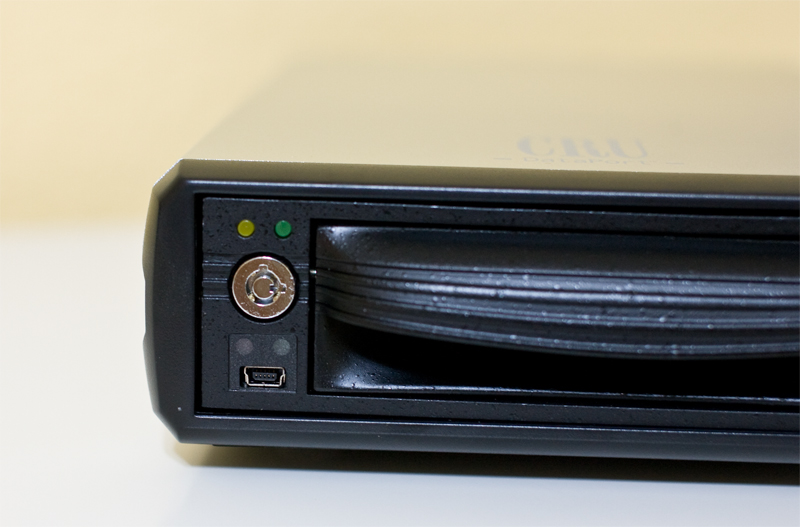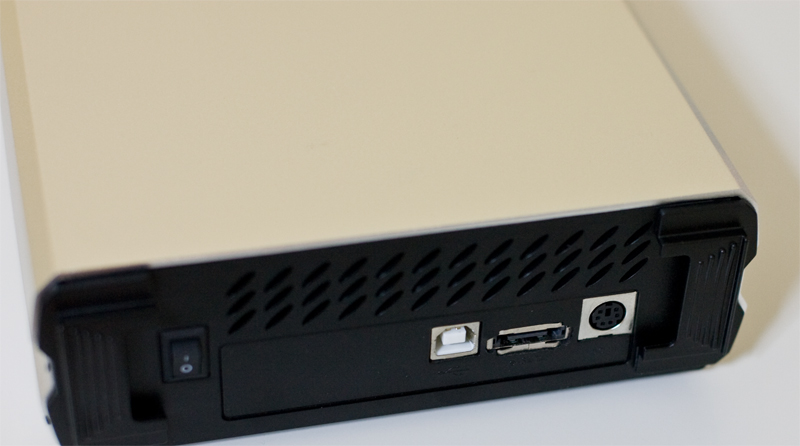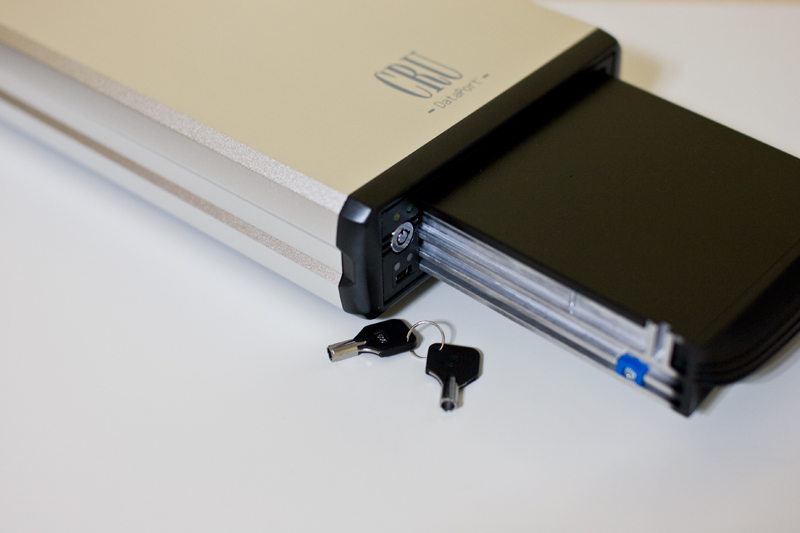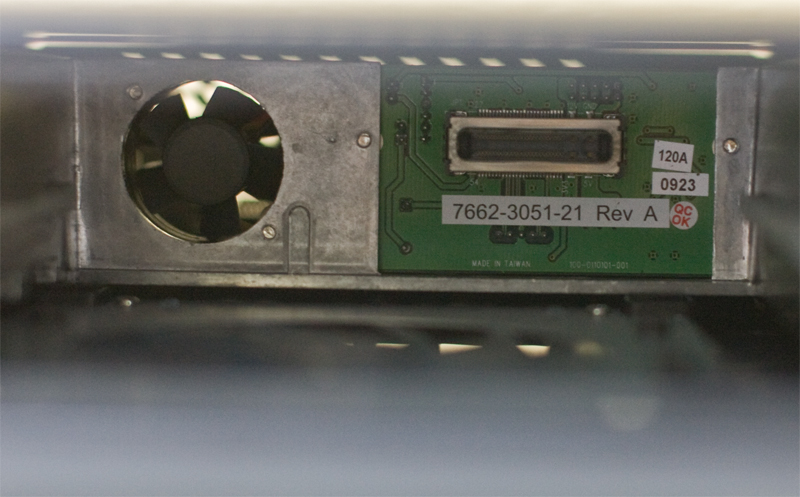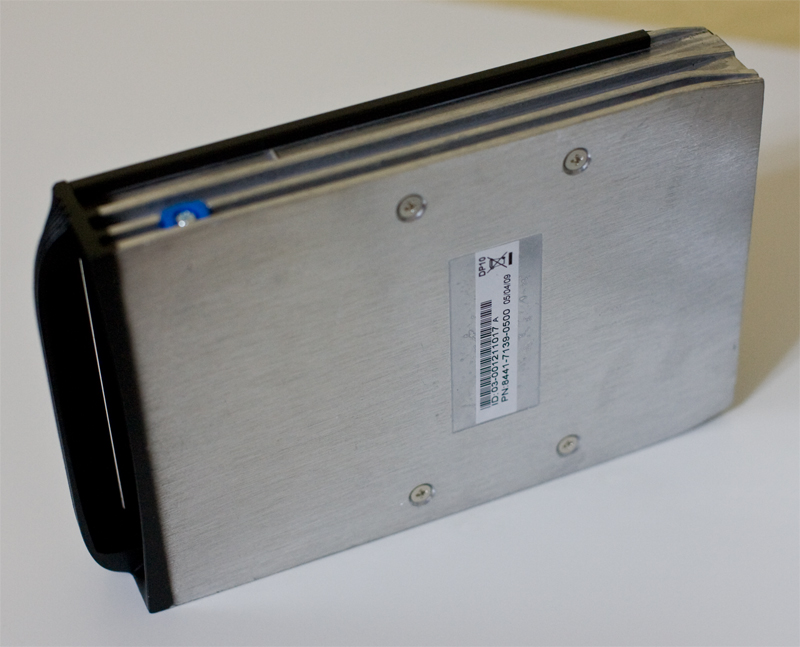CRU-DataPort 10 Secure HDD SecureDock Review
With the average user entering dozens of passwords every day, to log into their computer, their email and their social networks, it's all to easy to forget that many files are even more valuable than our Facebook login. Drive encryption is becoming more relevant to people all the time, and there's a good argument for doing it properly if you're going to do it at all. CRU-DataPort's 10 Secure caddy and accompanying SecureDock are one such system, taking a standard SATA hard-drive and locking it up with military-grade encryption and a removable AES 128 key. Peace of mind or hardware-hurdle? Check out the full SlashGear review after the cut.
Viewed solely as an external hard-drive caddy, the SecureDock setup doesn't exactly come in cheap. Both components – the drive bay and the external chassis – are $239 altogether, and while you're getting both USB 2.0 and eSATA connectivity for that, it's still far more than you'd pay for a standard empty caddy. Build quality is high, with the SecureDock made from metal with a very quiet cooling fan and connectors CRU-DataPort rate as good for over 30,000 insertions.
It still means you're primarily paying for the encryption system, and so that had better be good. CRU-DataPort use military-grade AES 128 encryption, with a dedicated processor inside the caddy to handle encryption and decryption. Rather than storing the key on the drive itself or the host system, a small mini USB dongle is used; three come in the box. Power up the drive without the key in place and you'll find it's locked down and inaccessible; CRU-DataPort sell both spares and a "key programmer" which can copy the key from a master dongle to up to four new units.
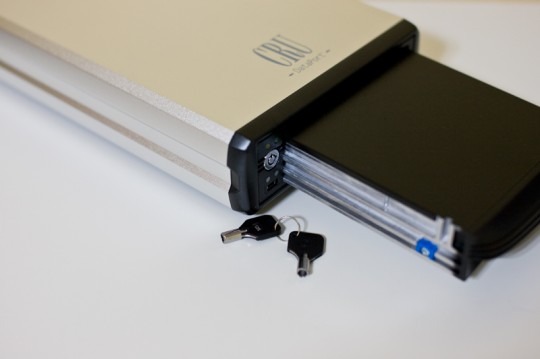
Any 3.5-inch SATA hard-drive can be used, so while you'll have to budget for that on top of the caddy it does mean you can use an existing drive you might have spare. Installation is straightforward – the HDD goes into the caddy, and the caddy slides into the external chassis. The DataPort 10 is designed to slot into a spare 5.25-inch drive bay in a desktop machine, too (where it connects via SATA), and there's a physical security lock which controls the bay door and power to the drive. It's worth noting that you'll need to format the drive, whether new or old, before you can use it the first time
Once formatted, the drive is ready to be use; everything on the drive is encrypted: not only the main volume but the boot sector, OS, temporary files and swap files. Since the encryption key is stored separately rather than hidden on the drive or the caddy, even if someone has physical access – by stripping the bare drive right out and connecting to it direct – they won't be able to decrypt it, at least not without a whole lot of processing power and years of number crunching.
In daily use, the CRU-DataPort system is as straightforward as you'd want to to be. The drive isn't accessible until you power it up with the key attached; once that's done you can access it as a regular hard-drive. We noticed no real slowdown over standard USB 2.0 or eSATA external drives from the AES 128 system working its magic, and any fan hum was drowned out by noise from the drive itself. Once you power everything down, or unplug the USB connector, everything is locked up again; you can leave the dongle in-place throughout, or pull it out when past the initial start-up. CRU-DataPort recommend the latter so as to avoid forgetting the key.
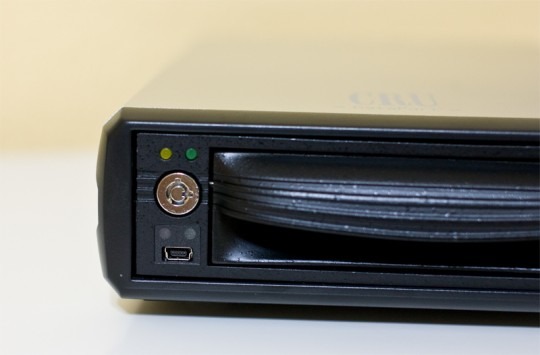
Four LED lights indicate power and drive activity, as you'd get on a normal caddy, as well as a red "error" LED and a green "encryption enabled" LED. There's also a temperature sensor, which works from an adhesive strip applied to the drive as you load it into the caddy for the first time, which will control the speed of the fan. The caddy itself has a fan-failure alarm.
Overall, the DataPort 10 Secure caddy and SecureDock impress. While not officially ruggedization-tested, we'd have no qualms about dropping the caddy into a bag, along with the rest of the junk we carry around with us, though we'd be understandably a little more cautious with the USB dongles. CRU-DataPort make it clear that there's no "backdoor" or password entry to the drive should you forget your key, so best to store one copy in a very safe place.
As more information and word-related documents get stored electronically, encrypted drives look likely to grow in popularity. While there are software solutions out there – together with specially secure hard-drives that store their key in a computer's BIOS – neither have the flexibility of the DataPort system. If you have just a little data to encrypt, you can save money and push in a low-capacity drive; alternatively there are 1TB and larger HDDs that will allow you to lock down your entire portfolio. At $239 it's not a cheap way to get portable storage, but it's a relatively small price to pay compared to recovering from data-theft. Not the drive caddy for everyone, then, but if your files are important then the CRU-DataPort system is well worth considering.


